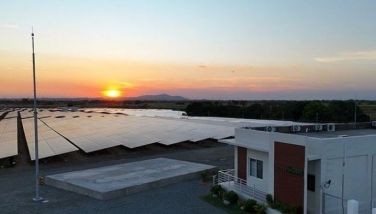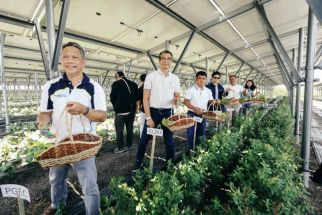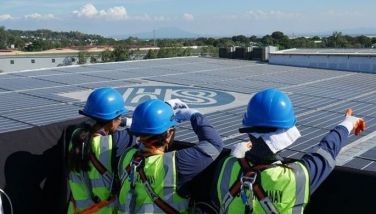Investing in a safer future
It’s now common knowledge that disasters are increasing in frequency and impact worldwide. Australia is no stranger to disasters: we’ve suffered terrible floods, typhoons and fires over recent years.
But our problems are dwarfed by those you face here in the Philippines. For a range of reasons, the Philippines is ranked third worldwide in its vulnerability to disaster — something I’ve witnessed first-hand in my 20 months in the Philippines. Typhoons Sendong and Pablo, and the recent monsoon flooding, were tragic demonstrations of this.
I am proud that Australia has been a responsive neighbour to the Philippines in providing emergency response and humanitarian assistance since our aid program in the Philippines started in the 1960s.
Over the past decade, the Australian Government has been able to respond quickly in the aftermath of disasters and conflict situations, contributing over P1.3 billion in humanitarian aid to provide food, temporary shelters, health and hygiene kits, and non-food emergency kits which include sleeping mats, mosquito nets and cooking items.
Australia has this year pre-positioned P80 million worth of emergency supplies across the Philippines.
In the aftermath of Tropical Storm Maring, Australia quickly responded to the needs of affected families by deploying P9 million worth of dignity and hygiene kits and emergency family kits.
The Australian Government has also provided up to P10 million in emergency aid for families left homeless by the humanitarian crisis in Basilan and Zamboanga City last month.
Australia is assisting the Philippine Government to meet the challenge of reducing disaster risks. By reducing disaster risk and building stronger community resilience, the scale of future devastation and damage can be more easily managed.
The Disaster Risk Reduction and Management Act and the Climate Change Act are commendable achievements for the Philippines, which have initiated a shift from disaster response to reducing disaster risks.
In urban areas, the scale of destruction caused by disasters is exacerbated by poor land use planning, drainage clogged with solid waste, encroachment of natural waterways by construction, insufficient spillways and floodways, and informal settlers on riverbanks and in hazard-prone areas.
These issues are preventable, and prevention is cost-effective. Investments now will reduce the damage bill of future disasters and the impacts of climate change. Australia is committed to making a difference and supporting the Philippines to deliver real change on the ground.
With Australian Government support, Geoscience Australia has been working with a number of the Philippine Government’s scientific and technical agencies through the Risk Analysis Project.
This collaboration generated the first light detection and ranging (LiDAR) dataset for Metro Manila – high resolution hazard and risk maps which model the potential impacts of natural hazards. The maps are now being used by Metro Manila local government units and other government agencies to inform long-term planning, identify projects to help mitigate the impact of disasters and inform the resettlement program for informal settlers in Metro Manila.
To mark the International Disaster Risk Reduction Day on 13 October, Australia will officially hand over the Risk Analysis Project outputs to Metro Manila local government units. The hazard maps are also now available on the websites of the Philippines Geoportal Project and the National Mapping Resource and Information Authority.
There is still much that can be done to reduce risks and save more lives. Australia stands ready to support the Philippines in this effort. We believe that by jointly investing in building the resilience of communities to natural disasters, we can contribute to a safer future for all Filipinos.
For more information please visit: www.ausaid.gov.au/countries/eastasia/philippines/Pages/humanitarian.aspx
* * *
(Bill Tweddell is the Ambassador of Australia)
- Latest
- Trending

























